Account Login
- Home
- Mobiles
-
- News
-
All news
Latest news
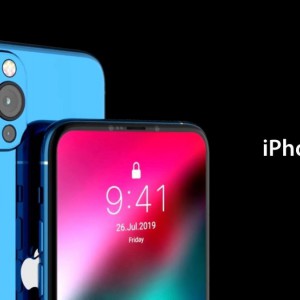
Jan 16, 2020 /
iPhone 12 release date, leaks and what we're expecting
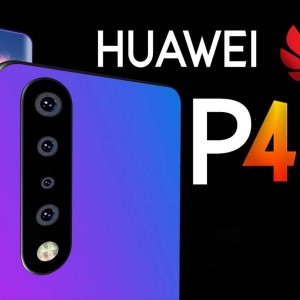
Jan 16, 2020 /
Huawei P40 release date, news and leaks
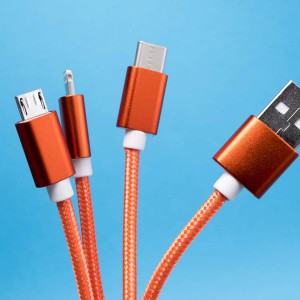
Jan 16, 2020 /
All smartphones could soon use the same charger
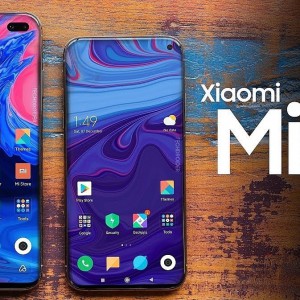
Jan 16, 2020 /
Xiaomi Mi 10 release date, price, news and leaks
-
- Reviews
-
All reviews
Latest reviews
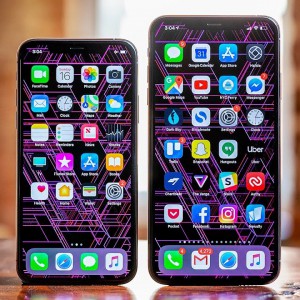
Jan 16, 2020 /
iPhone XS Max review

Jan 16, 2020 /
Moto G7 Power review
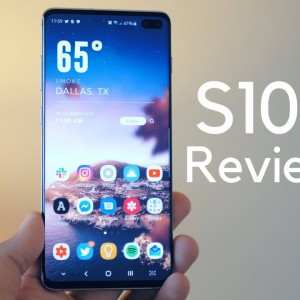
Jan 16, 2020 /
Samsung Galaxy S10 Plus review
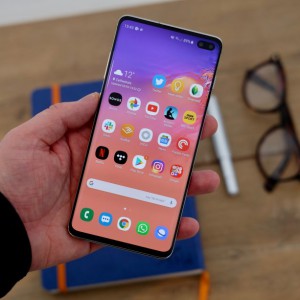
Jan 16, 2020 /
Samsung Galaxy S10 review
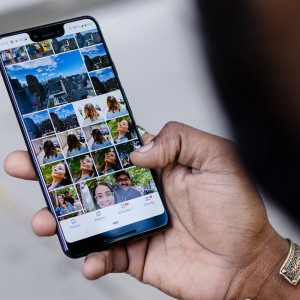
Jan 16, 2020 /
Google Pixel 3 review
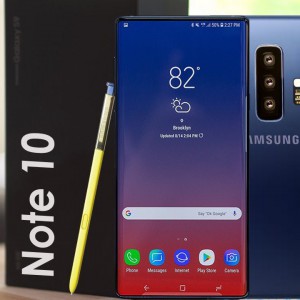
Jan 16, 2020 /
Hands on: Samsung Galaxy Note 10 Lite review
-
- Pages
- Contact Us
Latest News
Latest Reviews
Popular devices
All smartphones could soon use the same charger
Jan 16, 2020 Administrator News 4 hits
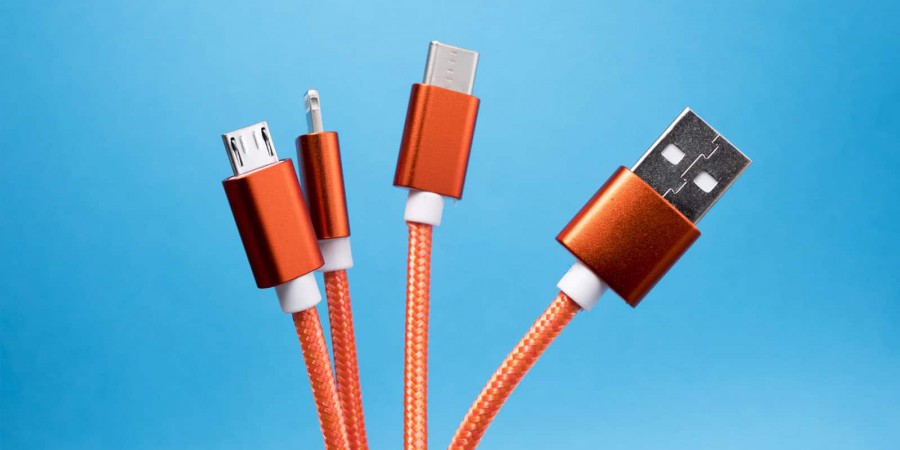
In a recent meeting, MEPs discussed the idea of introducing “binding measures” that would require chargers that fit all mobile phones and other portable electronic devices.
Back in 2014, the EU introduced the voluntary Radio Equipment Directive but MEPs believe that "the voluntary agreements between different industry players have not yielded the desired results".
The more stringent measures proposed by European lawmakers are aimed at reducing electronic waste as old chargers are estimated to amount to 51,000 tonnes of waste per year.
Lightning vs USB-C
Today the majority of smartphones use USB-C ports for charging but Apple's iPhone still uses the company's proprietary Lightning connector. While Apple has adopted USB-C for its new iPad Pro and MacBooks, the company has yet to do so for the iPhone. Last year Apple argued to the EU that regulations aimed at standardizing mobile phone chargers would hurt innovation, saying: “Apple stands for innovation. Regulations that would drive conformity across the type of connector built into all smartphones freeze innovation rather than encourage it.
Such proposals are bad for the environment and unnecessarily disruptive for customers.” The iPhone maker went on to argue that switching to a standard charger “would result in an unprecedented volume of electronic waste and greatly inconvenience users”. While the switch from Lightning to USB-C may be an inconvenience at first, in the end it would make it much easier for users to charge their devices as all smartphones would use a standard connector. Apple may in fact be planning to do away with its Lightning connector but the company won't be adopting USB-C for its iPhones anytime soon. Instead, the company is reportedly working on an iPhone with no ports at all which would only charge wirelessly.




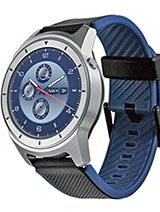
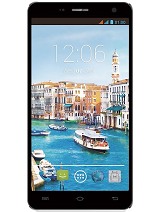
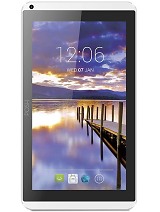
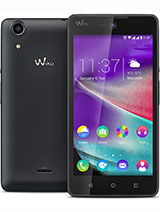
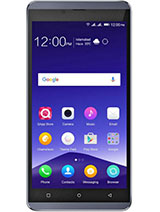
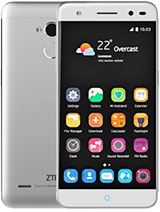
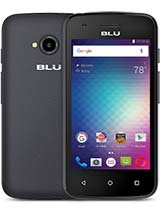
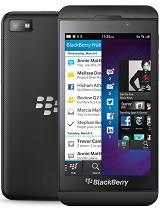
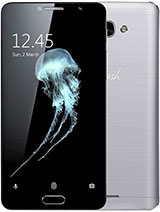
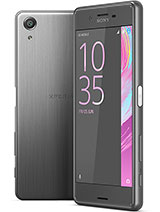
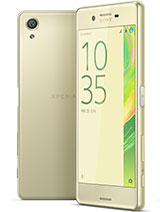
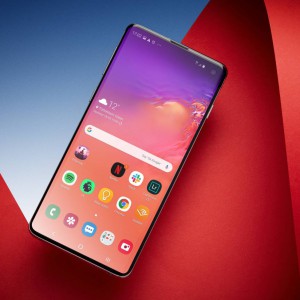
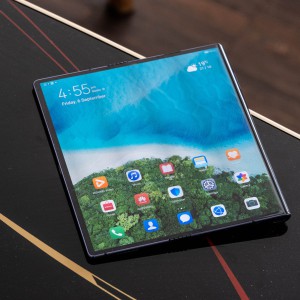
Leave a comment: